Today we conclude our travelogue series from my recent Hokkaido Winter Landscape Photography Adventure tour and workshop, as we pick up the trail on the morning of day eight, as we left Wakkanai and first visited the Souya Fishing Port at the northern-most tip of Japan.
Uncommon for Hokkaido in the winter, especially this far north, when we arrived at the Souya Fishing Port the sky couldn’t decide whether to snow or to rain. For the first thirty minutes or so it was raining, which is very out of character. This shortly gave way to snow though, which you can see falling in the first image for today (below).
I cropped this down to a 1:2 aspect ratio, as the foreground snow and top of the sky wasn’t adding much to the scene. After increasing the contrast in the sky, I like how we can see the plumes of snow as they blow in on the gusts of wind. I also set my ISO to 400 for an 1/80 of a second exposure at f/9, to avoid camera shake from the gusts of wind. My focal length was 28 mm with my 24-105mm lens.
Because we were shooting directly into the snow, this is one of those times when I wipe my lens with a lens cloth while keeping a second cloth draped over the front of the lens, then with a two-second timer, I wait until a split second before the shutter is released, and then pull the cloth away for the exposure. I then check to see if there’s anything on the lens, and if there is not, I know I’m good to move on. If there is a drop of water on the lens, I repeat the process until I get a spot-free shot.
We stop at a number of fishing ports on the way around the tip of Hokkaido, then drive down the eastern coast to our stop for the next two nights at a small town with a port that has some nice strategically placed tetrapods, as you can see in the next image (below).
I shot this at the end of the day, as the light came on in the lighthouse, leaving a streak of light on the water in this two-minute exposure. As the light was already very low, I think I was using the 2.0 Density ND filter in the holder on the back of my 11-24mm lens, which is 6.6 stops. I went for an equal amount of sand on the beach allowing me to also be almost square on to the tetrapods rather than bringing the lighthouse and distant tetrapods more into the frame, although that does look slightly awkward. My ISO was set to 100 and aperture to f/14.
The following morning before breakfast we went back to the port for an hour or so, and as you can see in the next image (below) it had snowed, and the sea was so calm that the snow was still settled right down to the water’s edge. The sun was just over the horizon on the right of this image, making the sky a little lighter there, but it didn’t quite make its way through the thick cloud, which suits me just fine.
I’m doing all of my black and white conversions in Capture One Pro and love the amount of texture we can see in the snow, especially on the tetrapods to the left, where we have all that great contrast with the dark concrete. I’ve also dropped a graduated mask down the sky and around the top of the tetrapods to the left and darkened the sky down a little.
I much prefer doing this in post, as a physical graduated neutral density filter would have to be dropped down across the top of the tetrapods, making them too dark. Also, those big square filters are a pain to use in the snow, which is another reason why I have been using circular screw-in neutral density filters exclusively for more than fifteen years now. My settings for this image were ISO 100 for a 13-second exposure at f/16, with a focal length of 15 mm, again with my 11-24 mm lens.
After breakfast, we set out for an exploratory drive inland. I have to admit that I wasn’t looking out of our bus window as I discussed plans with our logistics staff, but luckily one of the participants called out so we stopped to photograph this beautiful scene (below) still very close to our hotel. We cross this bridge every year and I haven’t seen the trees looking this way before, so I’m pleased someone was paying attention.
I really like the contrast between the light snow that had stuck to the top side of all of the trees in the foreground, as well as covering the trees on the bank of this estuary. And of course, those golden grasses that were still showing through because of the relatively light covering of ground snow add so much to this shot that I couldn’t bring myself to convert it to black and white. My settings were ISO 100 for a 1/30 of a second at f/14, and I was using my 100-400mm lens at 182 mm to isolate a small section of the larger scene.
Across the road from the bridge over the estuary, there is a barn that appears to be abandoned, so I spent a while looking for an angle that worked for me. From most angles, there were foreground trees that covered the barn, but I quite like this final angle that I decided on, again with the snow outlined trees and those beautiful golden grasses showing through.
If I ever print this I’ll probably clone out the grasses poking in from the bottom edge, especially along the bottom right, but for now, I’m running with this version to save time. My settings were ISO 100 for a 1/40 of a second at f/14, back with my 24-105 mm lens at 105 mm.
We continued down the road that we’d pulled our bus onto which is one road north, parallel to the road that I’d planned to drive down, and we found that the snow and perhaps humidity had caused the light snow to stick to all of the trees, not just those near the estuary, making for some beautiful scenes, as we’ll see over the next few images. In this first shot from inland, I really like how the deciduous trees covered in snow stand out against the evergreen trees in the background (below).
I have enabled Black and White in Capture One Pro for this image, but I can actually not see any visible difference, as the scene was almost completely black and white anyway. For this shot I was actually shooting hand-held, having just jumped up onto a bank of snow from the bus, and we were parked in a place that I didn’t want to stay at for very long. My settings were ISO 200 for a 1/100 of a second at f/14, at 105mm.
We drove along the road a little more and found a better stretch of road to park on and walked back a little to photograph the magical scene you can see in the next image (below). I use the word Winter Wonderland a lot in reference to my Japan Winter tours, but this photo is one of those that sums that up better than most others.
The trees here were absolutely beautiful, and a stream that was flowing under the snow caused some wonderful curves in the foreground snow in front of the trees. I removed a few clumps of snow-covered grass from the left and right sides of this image, but other than that and a bit of Clarity and a very subtle Luma Curve, this is pretty much straight out of the camera. Again, I’ve also enabled black and white, but the original was almost already there. My settings were ISO 100 for a 1/40 of a second at f/14, and a focal length of 70 mm.
This next image (below) is from the same location, just a little further up the hill, so that I could include part of the large black tree on the left. I’ve cloned out a larger number of blades of grass from the foreground of this one, to clean it up a bit, but this was otherwise really such a beautiful scene, and I love the contrast between the white birch trees and the darker trees, all sharing a common covering of snow.
I’m seriously considering making my own Christmas Cards with this image for this year, printing them on fine art paper. To be totally honest, I find the whole Christmas card thing very tedious, especially being in Japan where we don’t really celebrate Christmas, but doing something special like that might make it a bit more interesting. My settings for this were ISO 100, for a 1/50 of a second at f/14, and a focal length of 50 mm.
The following day, we took a drive over to a place that I like, with a small copse of trees on top of a hill. This year we walked quite a way up and over a hill along the road, and at one point the light was catching the edge of a snowdrift adding an additional element of interest that I absolutely love, and you can see that in this next image (right).
I went with a 4:5 crop for this photo, reducing the sky mostly, as I found that it worked better. The gray sky wasn’t adding much, and I wanted to draw the eye down to the snow-covered hill and highlighted snowdrift, and that seemed to work better with the crop.
I also really like the line of the fence that runs down the hill. There’s just something about this location and subject that really appeals to the minimalist photographer in me.
My settings were ISO 100 for a 1/30 of a second at f/14, and I was using my 100-400mm lens at its full extent, so 400 mm. You can probably appreciate how low the light levels are even during the day with these low shutter speeds.
The following day, we went out exploring again for a while and found a beautiful frosty plain, so we all climbed down the bank beside a bridge to get a closer look. Moving in gradually so as not to get in each other’s way, we got to a point where we could each start to photograph the frosty grasses close up, as you can see in this image (below).
I had initially preferred this shot in black and white, but once again couldn’t quite give up on the golden color of the grasses. As I prepared to record this episode, I tried it again in color and darkened the grasses down a little bit with the Color Editor in Capture One Pro. I also drew in an Adjustment Layer over the sky to just darken it down slightly, as it was a little washed-out. My settings were ISO 200, again because there was a bit of wind, but this time I wanted to reduce the risk of the grasses moving, by increasing my shutter speed to 1/200 of a second at f/14, and my focal length was 50 mm.
Later in the day, we visited another favorite spot of mine, where there is a lone tree at the side of Lake Saroma, and as with the other shots from this area, there was lots of golden grass that would usually be more covered in snow (below).
Because I selected my settings to stop the sky from over-exposing, for this image the grasses had gotten a little dark, so I brightened them up with the Color Editor, but otherwise I quite like what they add to this image, and again, there is that snow on the dark bows of the tree adding an extra bit of contrast that we don’t normally get. My settings were ISO 100 for a 1/100 of a second exposure at f/14, and a focal length of 35 mm.
The following morning we had a few hours to shoot before heading over to the airport to head back to Tokyo. We visited the lighthouse at Cape Notoro, but the wind was really strong, so I ended up spending most of my time there shooting video of the snow driving across the plain, which I’ll use in a production at some point.
Our last shoot was about 15 minutes from the airport when we shot some farm buildings and some members of the group got invited in for tea by a kind lady that lives there. I have a few shots but they aren’t great, due to the shadow of some power lines, another reason why I love to shoot in overcast conditions, so I’ll wait until I catch that spot on a cloudy day to reshoot.
After that, we recorded a comment from most of the members of the group, which I’ll play you now.
[Please listen to the audio with the player at the top of this post to hear what the participants said about the trip.]
So, that brings us to the end of this three-part travelogue series to share our antics in the northern-most island of Japan on my Hokkaido Winter Photography Adventure Tour & Workshop for 2018. I hope you’ve enjoyed it.
Hokkaido Winter Landscape Photography Adventure 2020
If you think you might like to join this tour in the future, either let us know that you’d like to be added to the 2019 cancellation list, or secure a spot on the 2020 tour with special guests Nicole S. Young and Brian Matiash, who will be around to offer advice in addition to me, and will be doing a number of workshop sessions during the course of the tour. For details see our tour page at https://mbp.ac/hlpa
Show Notes
Details of the next available Hokkaido Winter Landscape Photography Adventure: https://mbp.ac/hlpa
Subscribe in iTunes for Enhanced Podcasts delivered automatically to your computer.
Download this Podcast in MP3 format (Audio Only).
Download this Podcast in Enhanced Podcast M4A format. This requires Apple iTunes or Quicktime to view/listen.

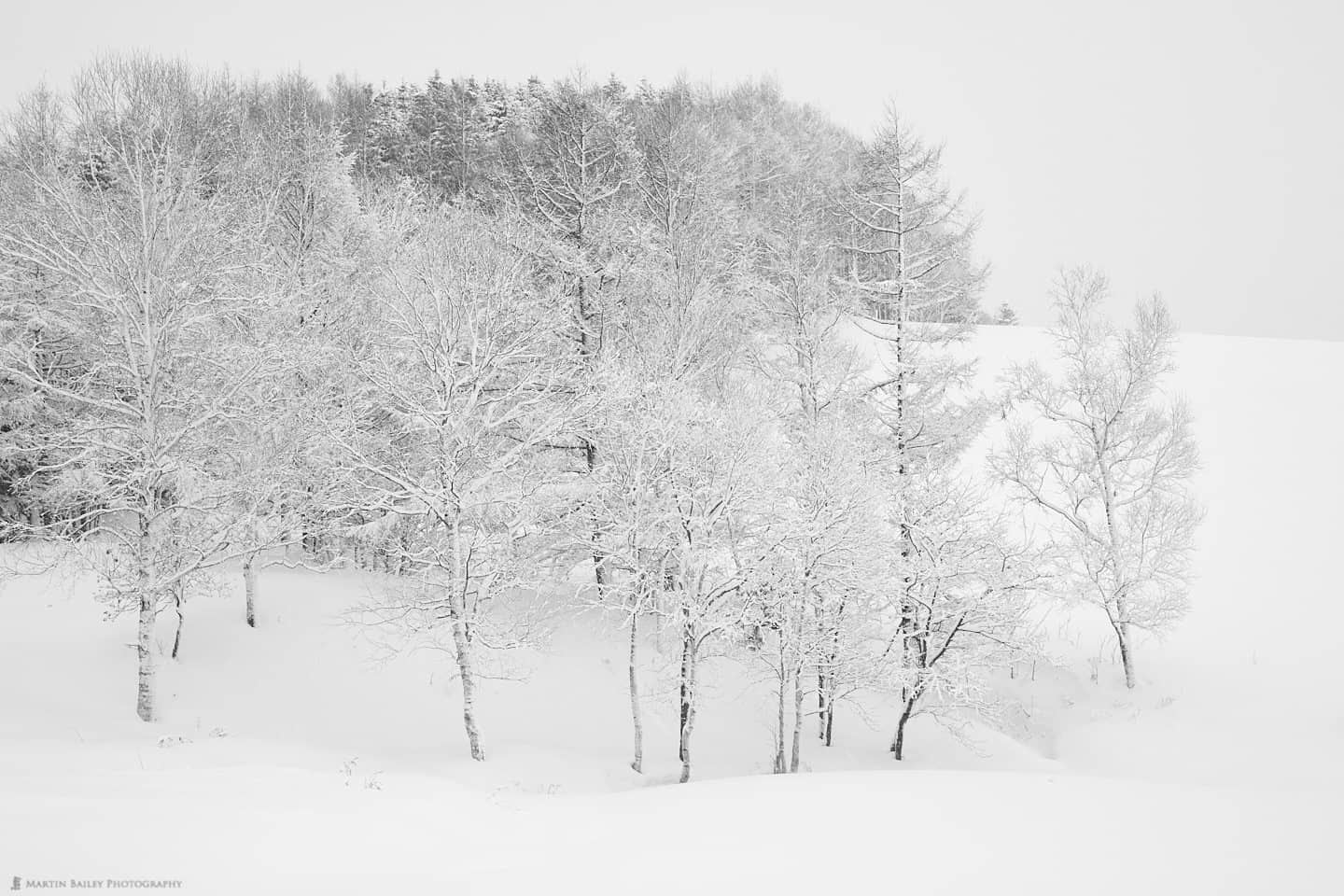
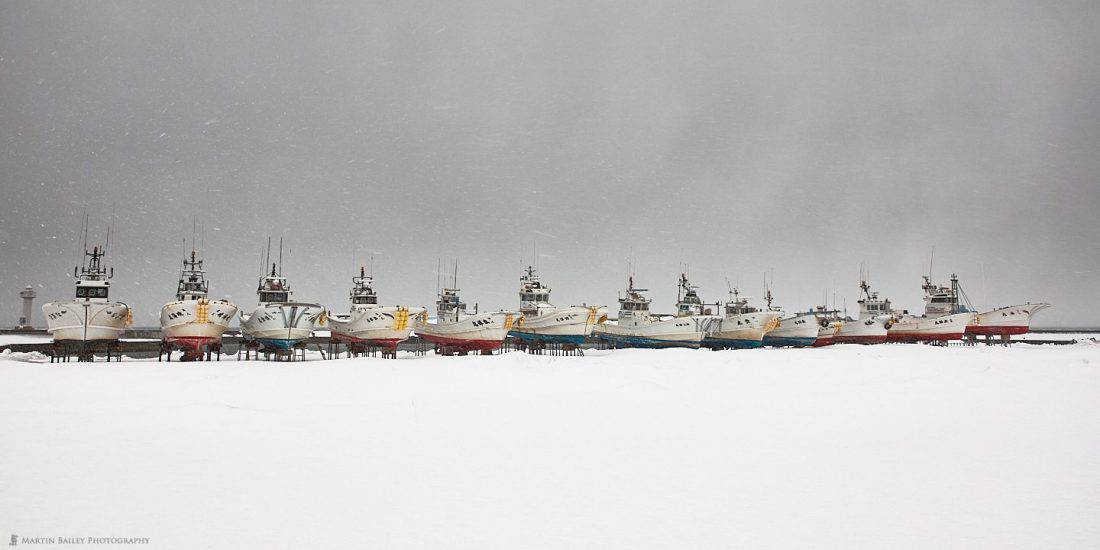
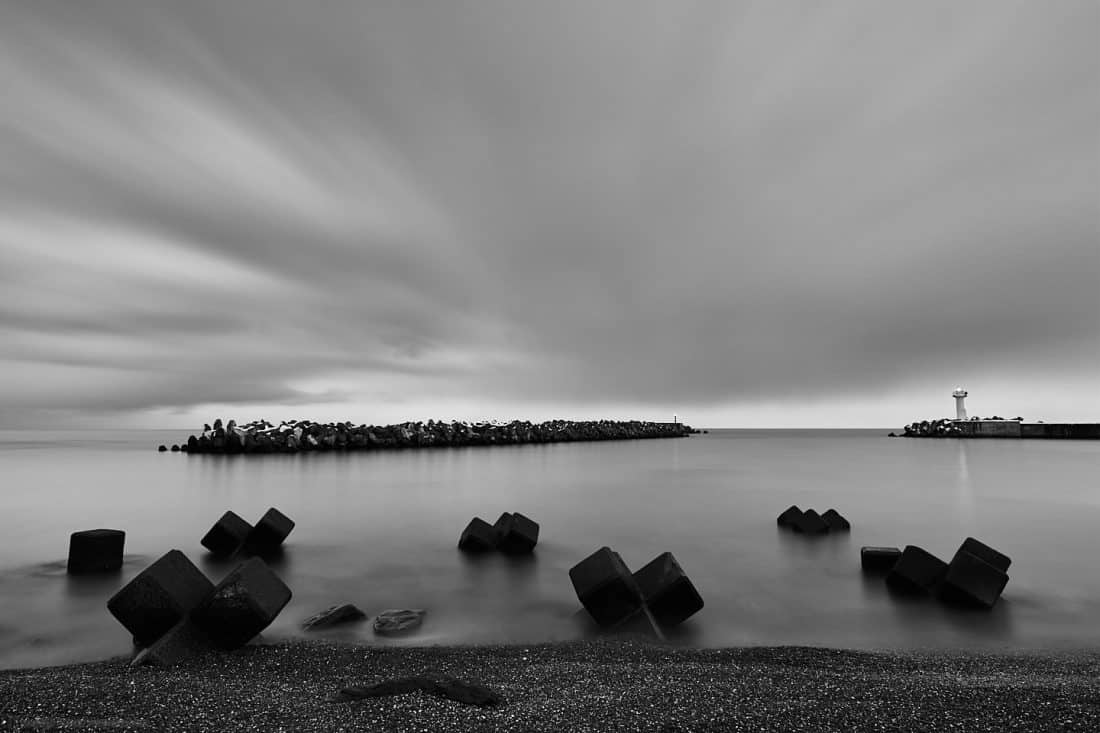
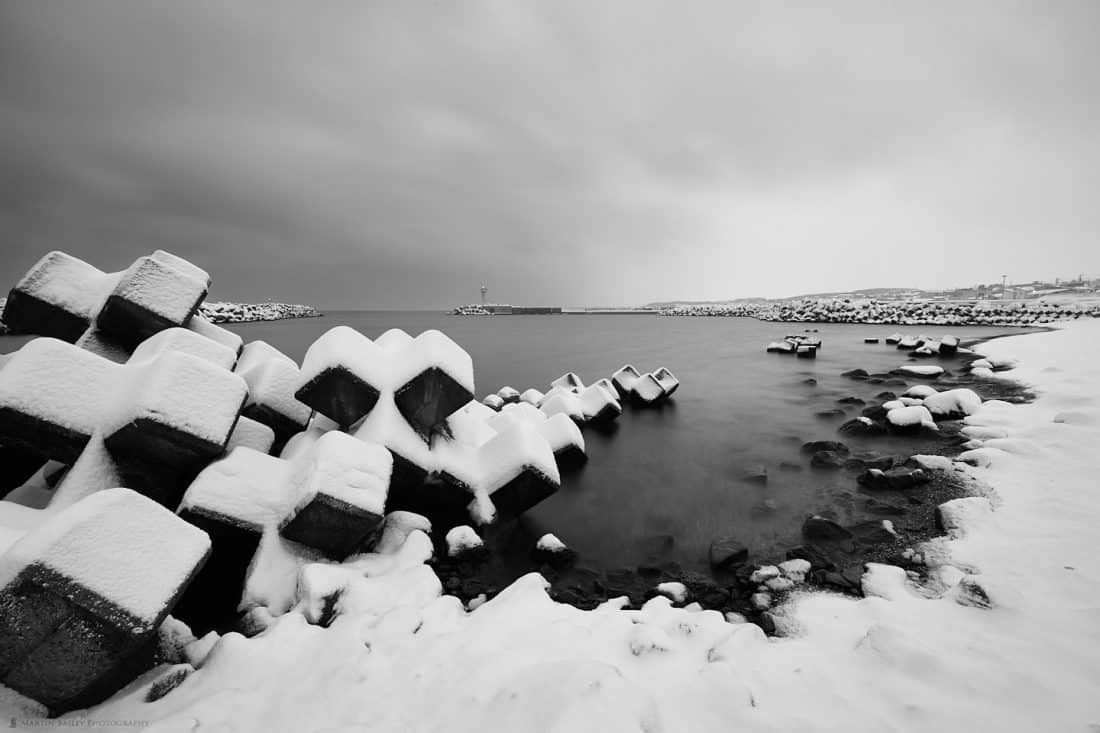
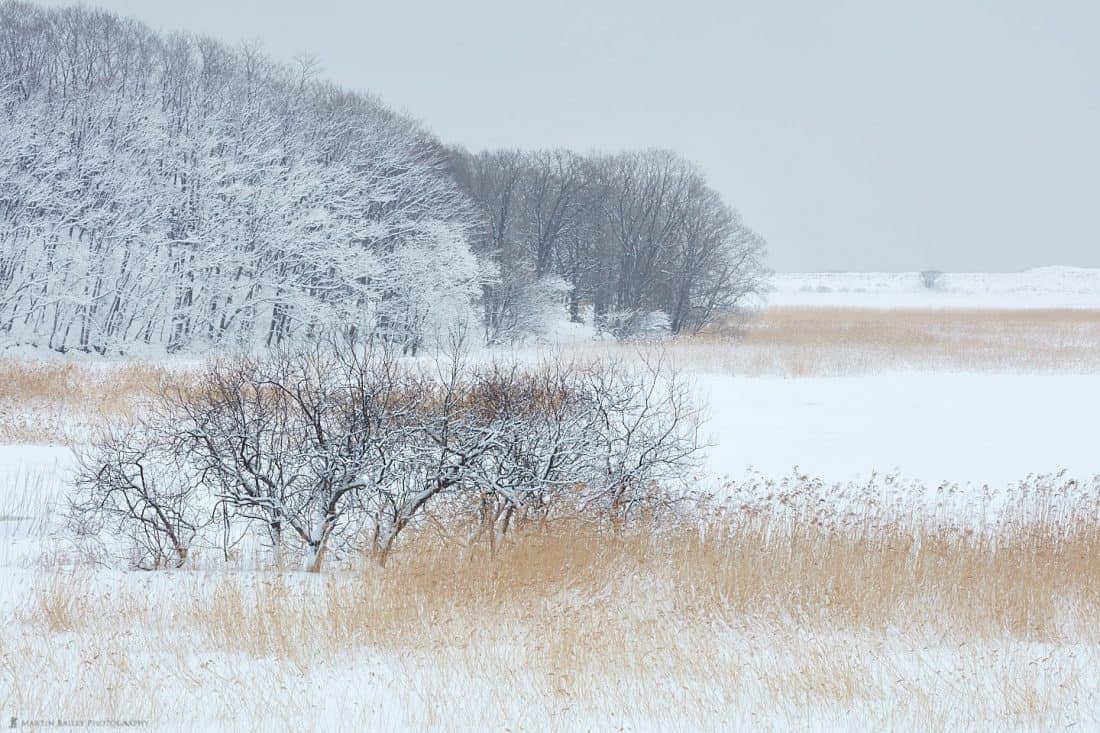
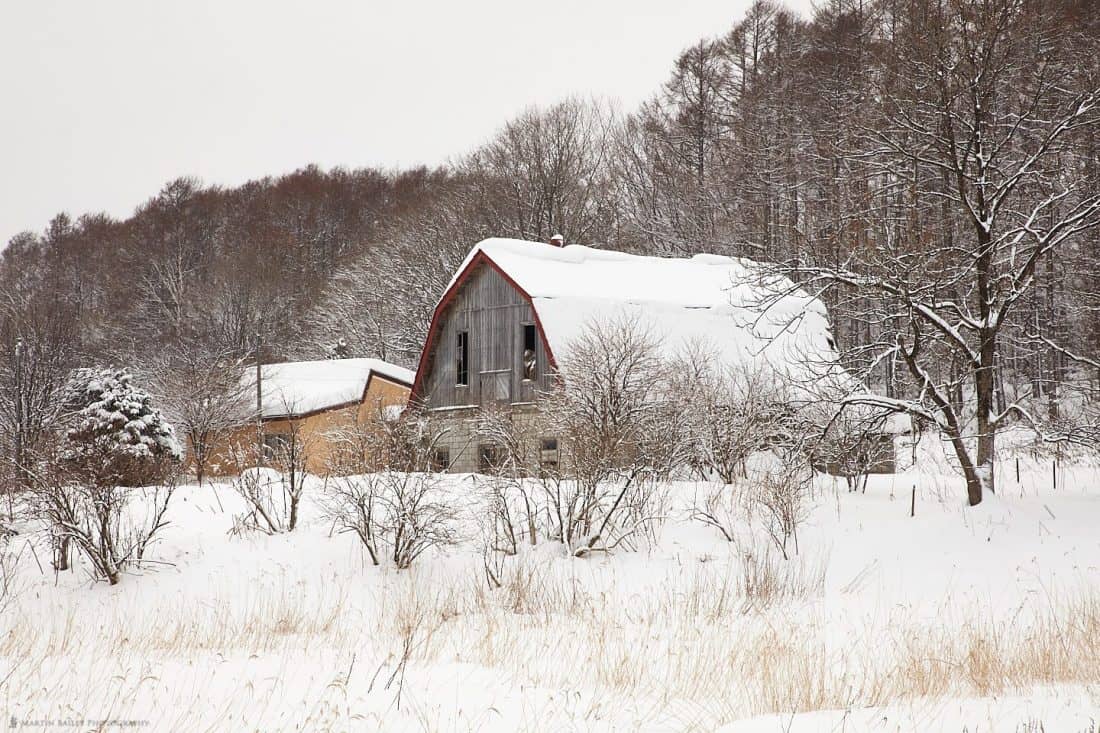
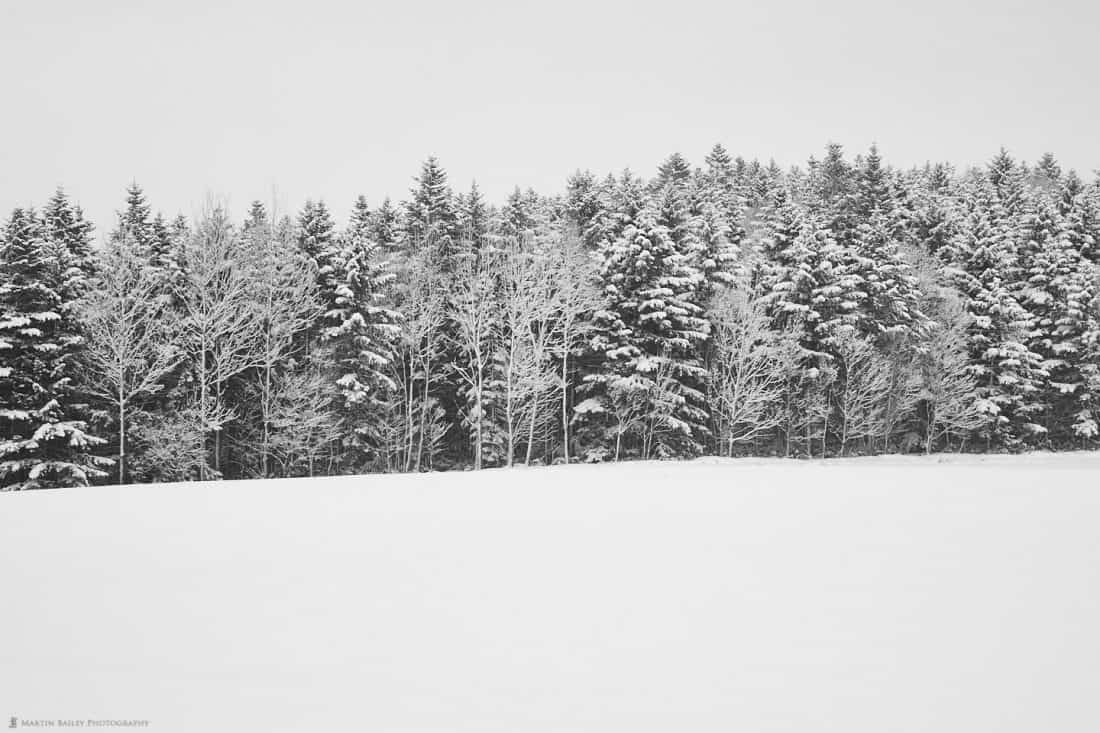
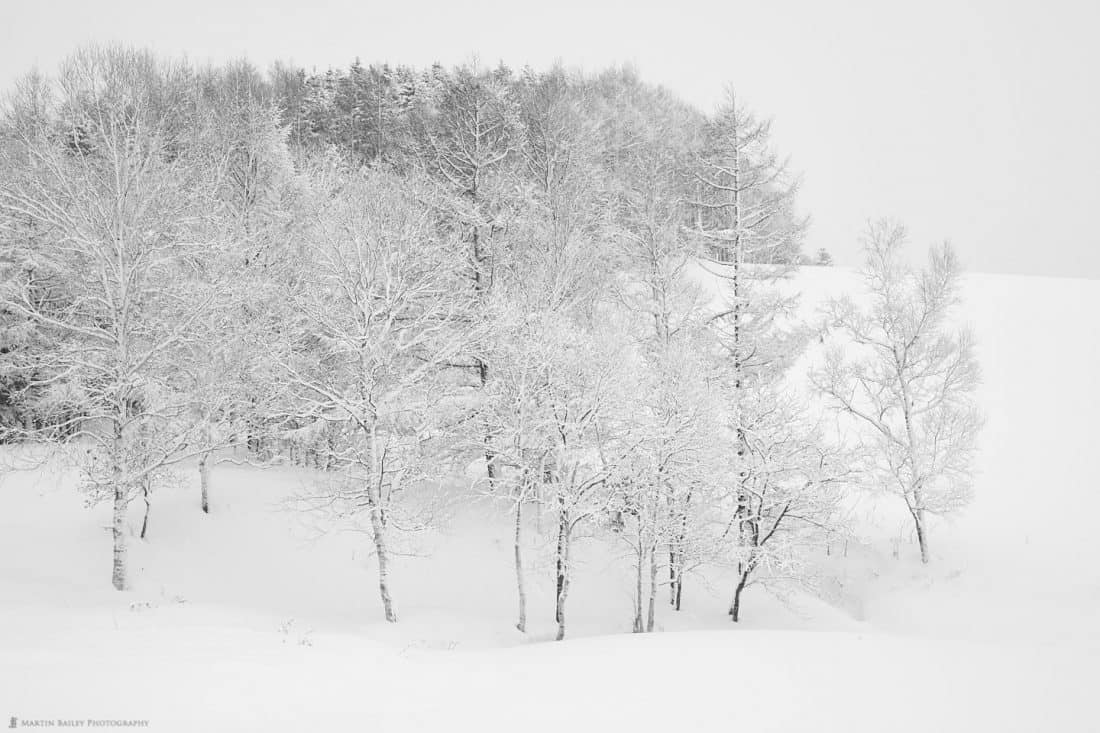
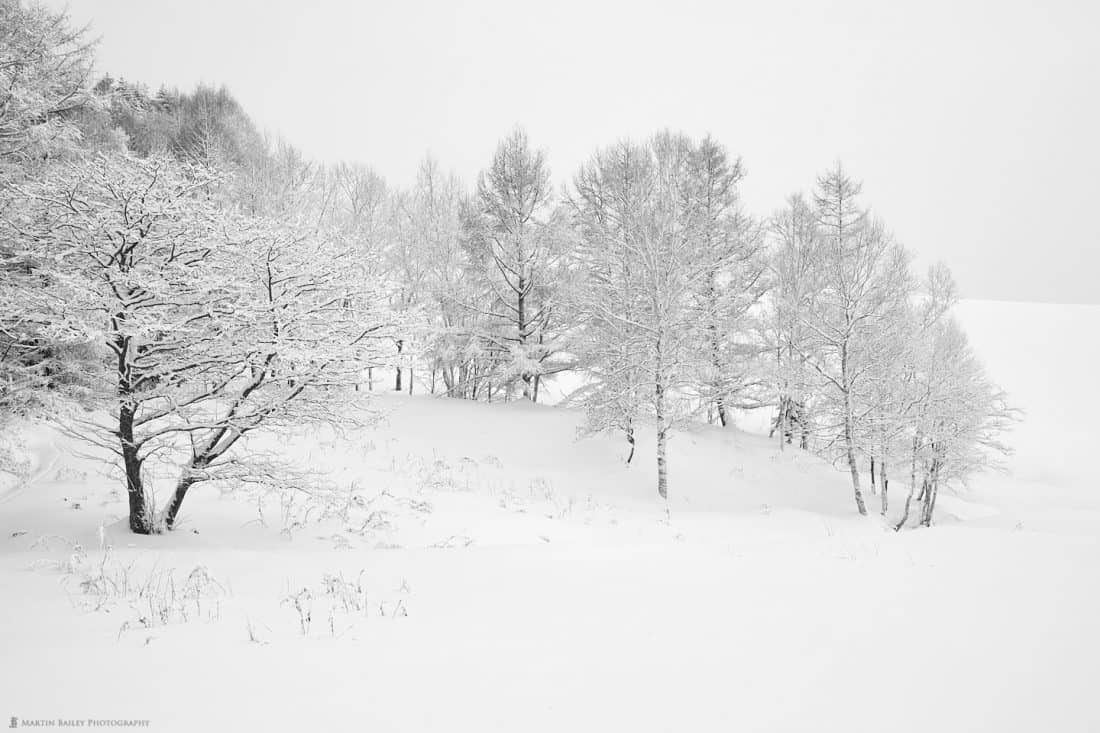
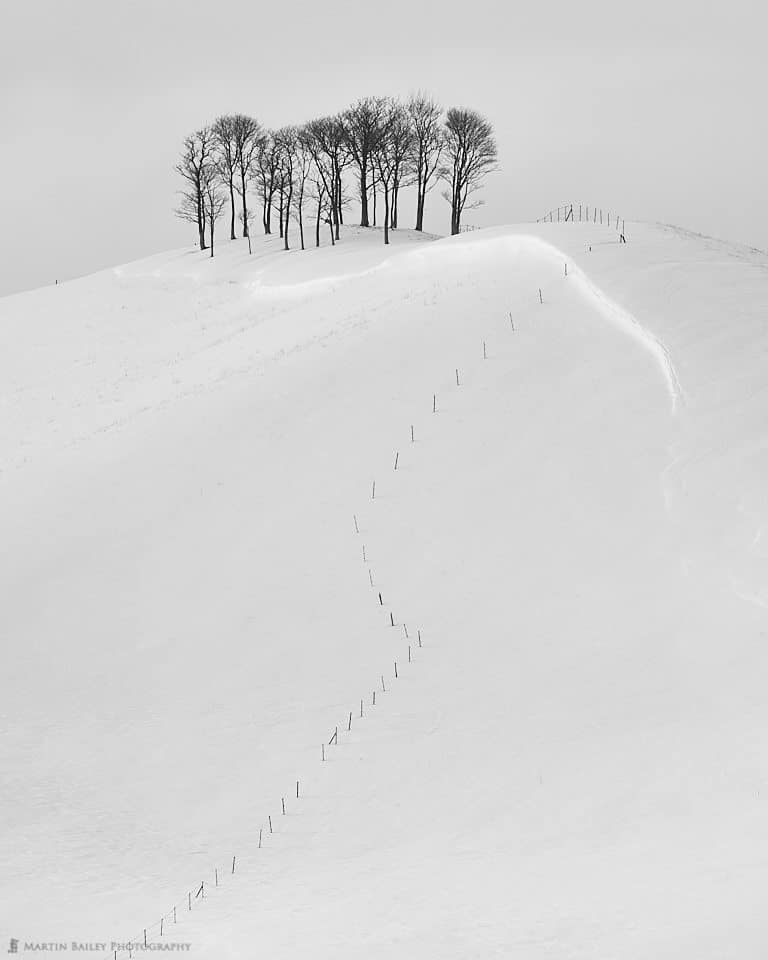




Another set of great images. I like Trees on Hill with Fence best. Looking forward to your next travelogues.
Thanks Christian!
I’ve got the first wildlife trip travelogue ready for release tomorrow, and I’ll work on the second today, for release a week from now while I’m traveling on the third tour of this year’s Japan winter tours, which starts tomorrow night.
Cheers,
Martin.
Those are some really awesome clicks. My personal favorite would be “Frosty Grasses”
Thanks Brandon!